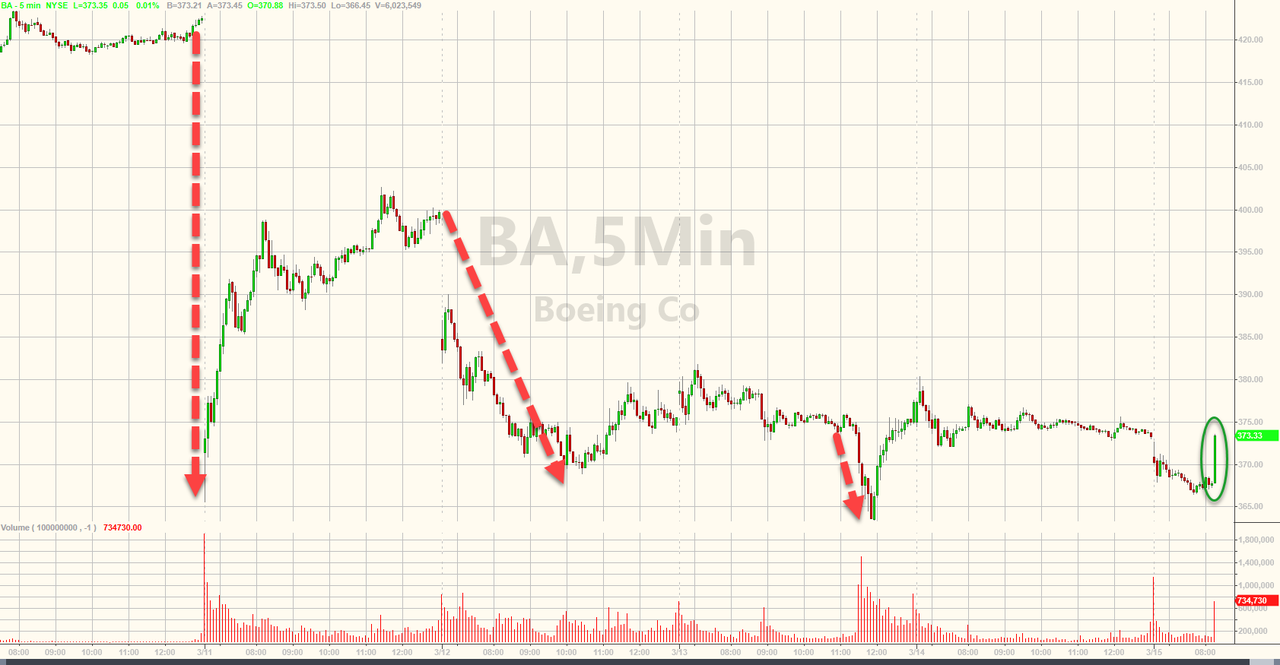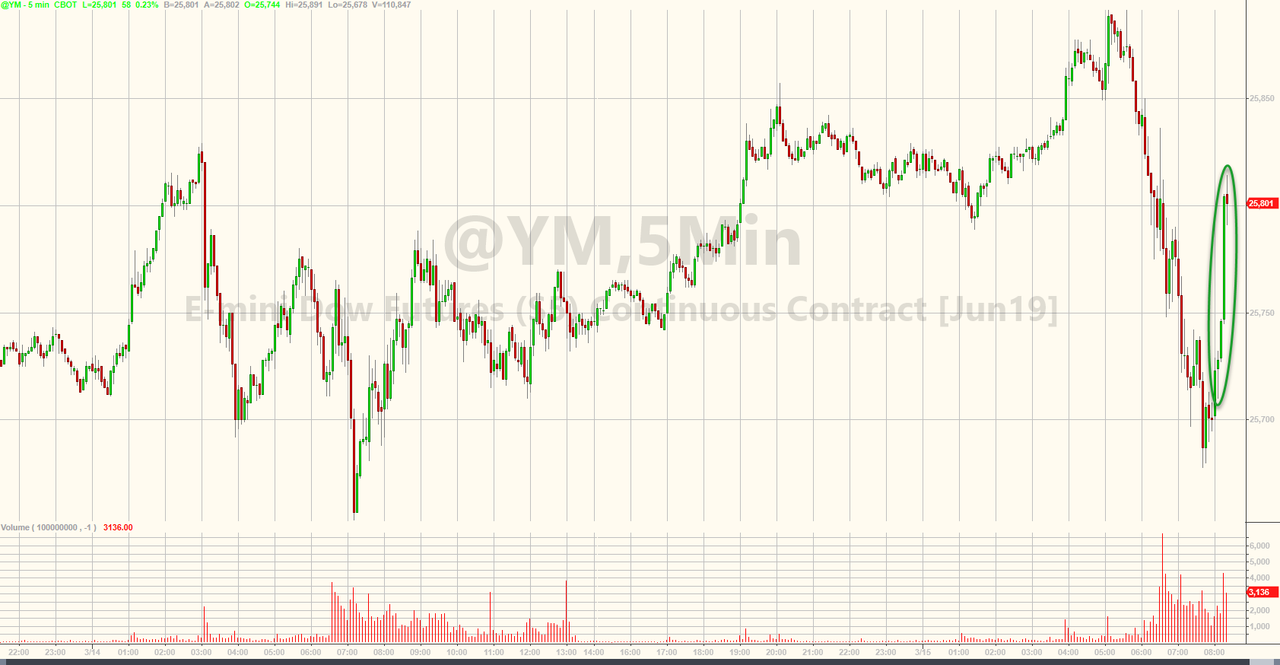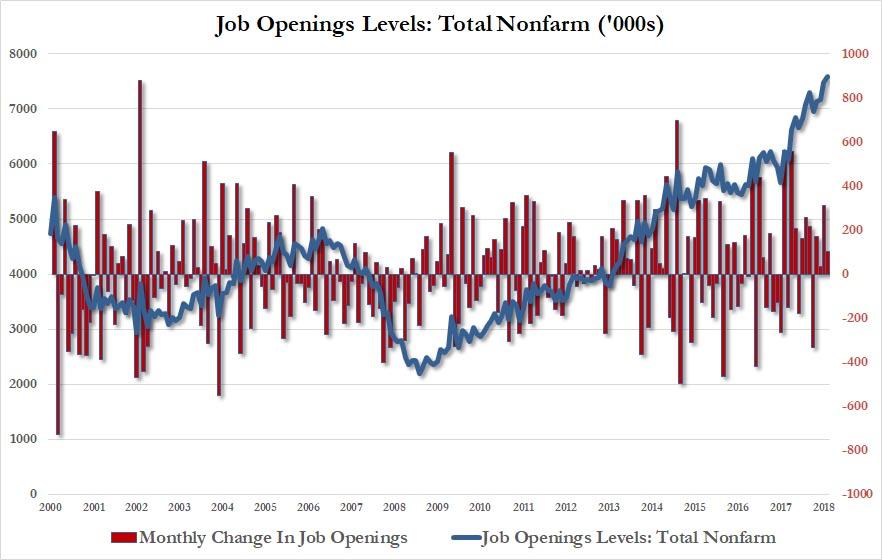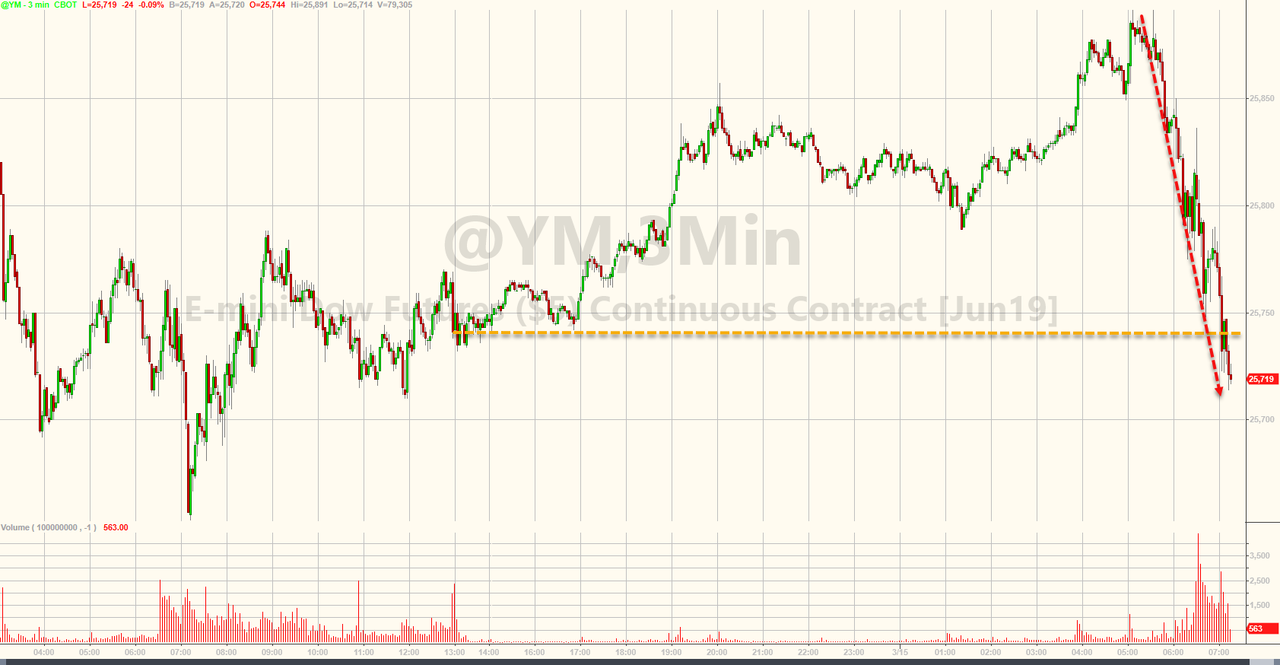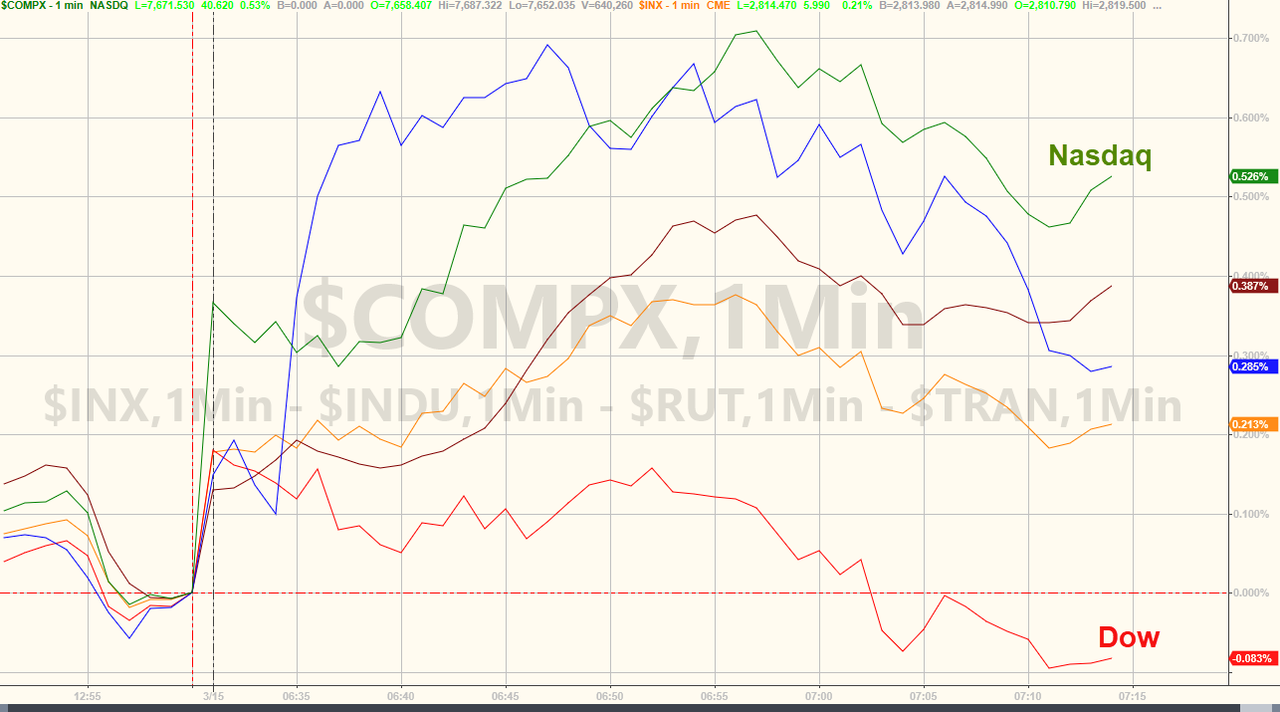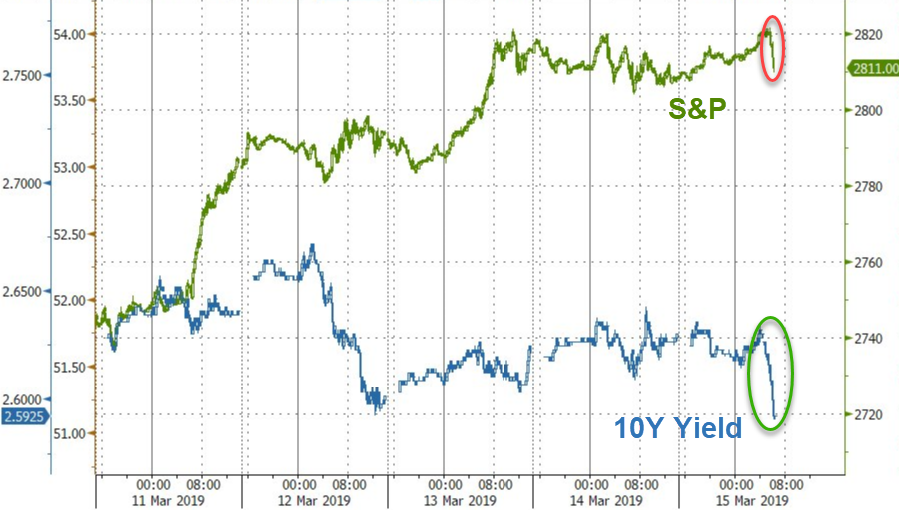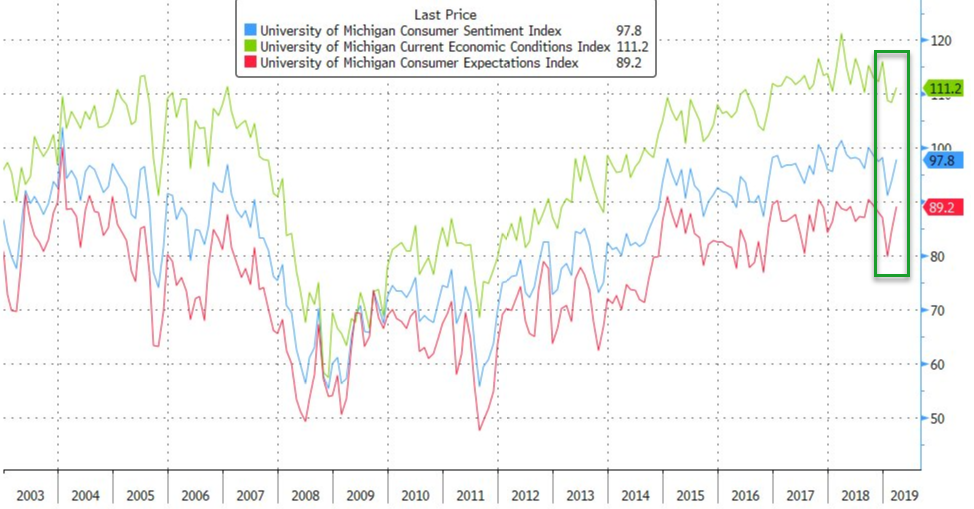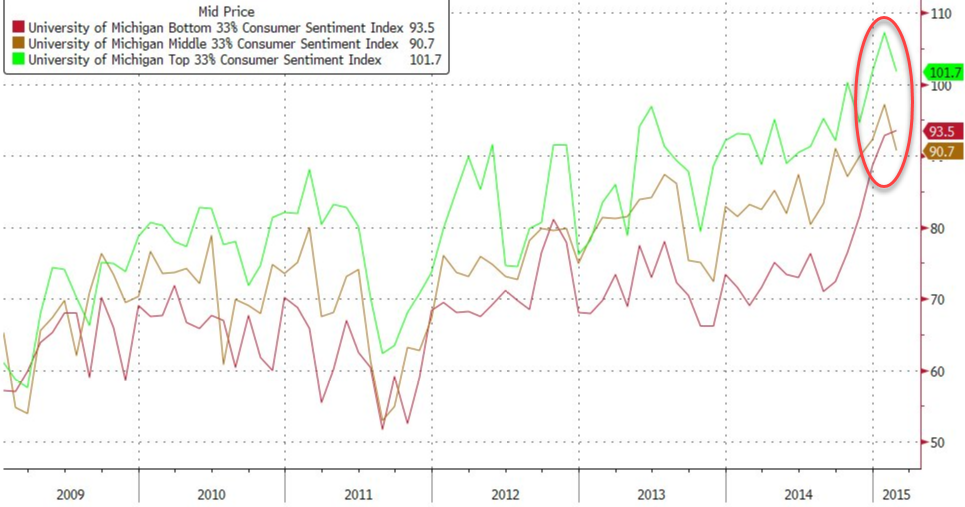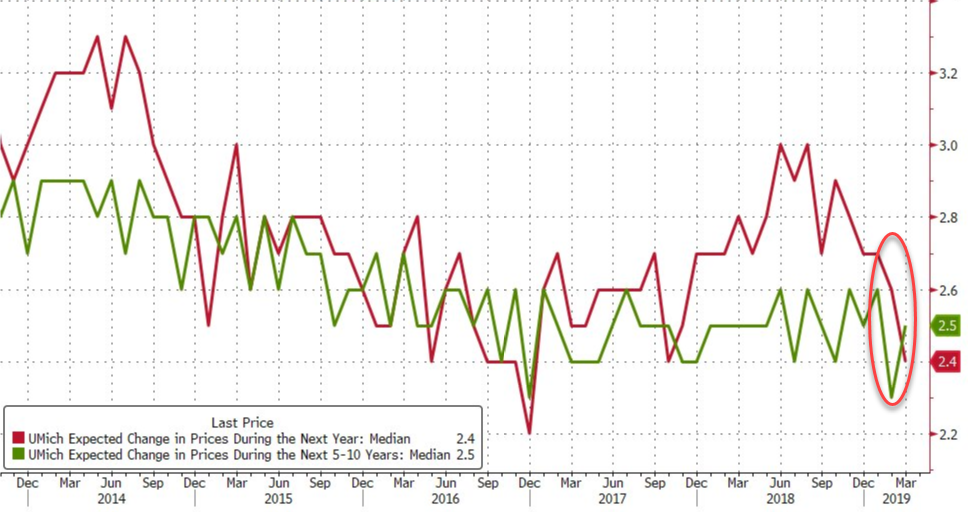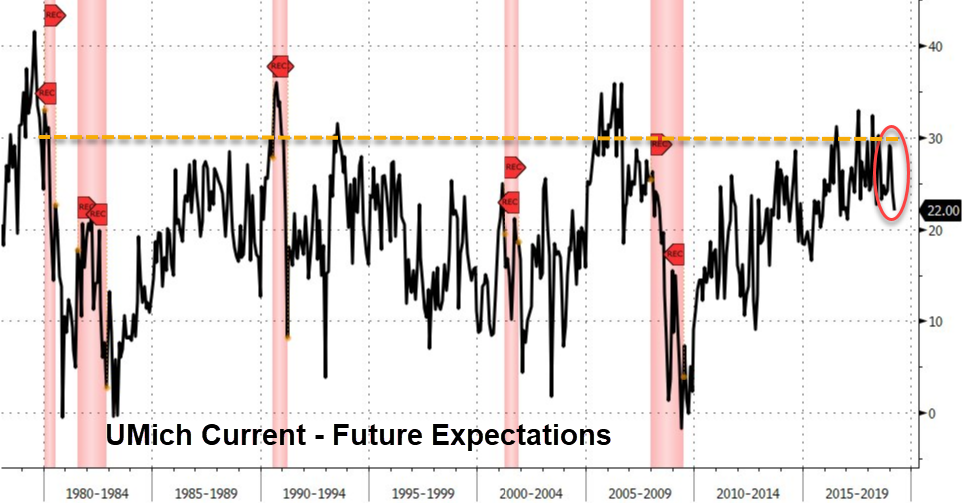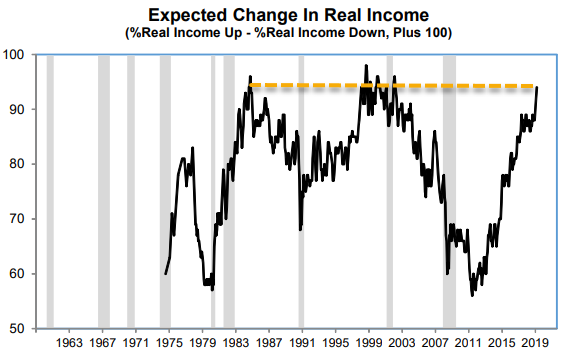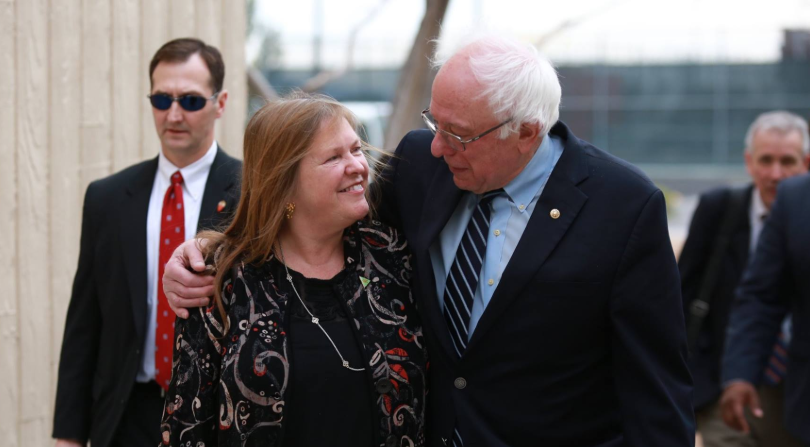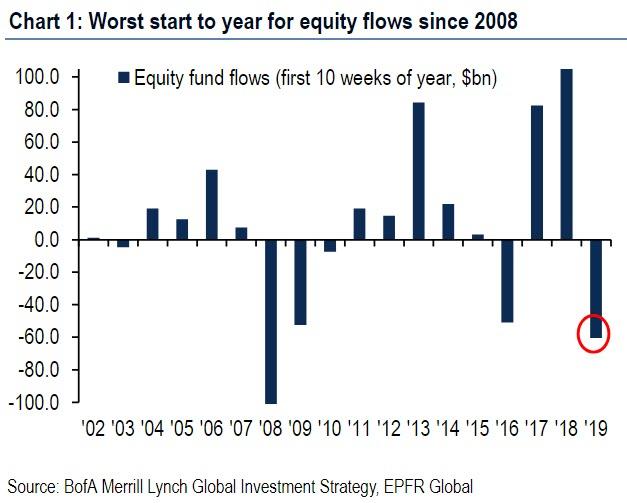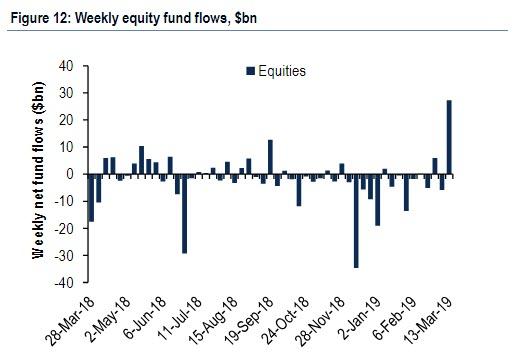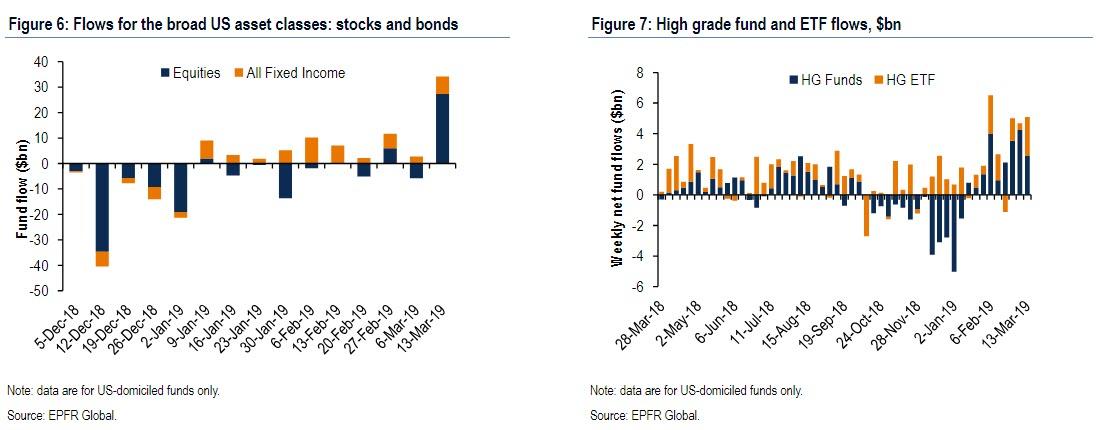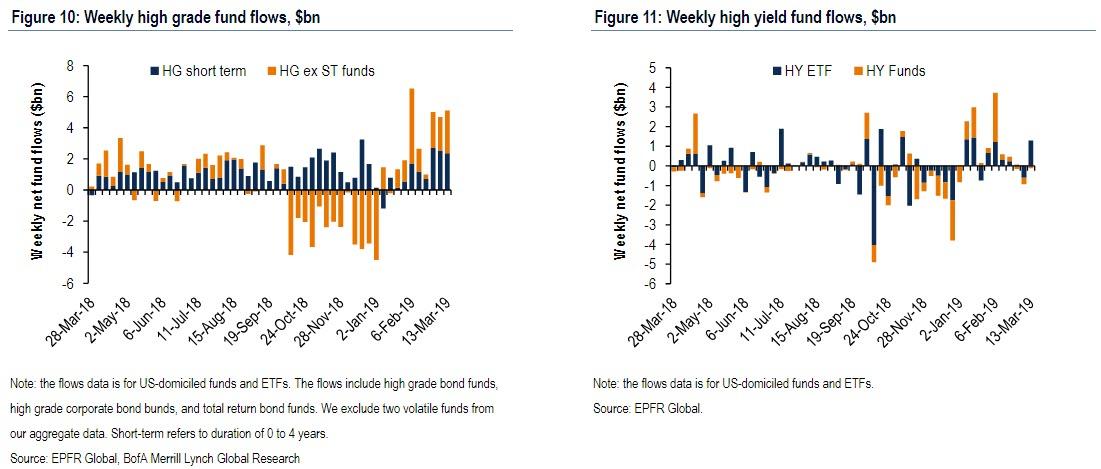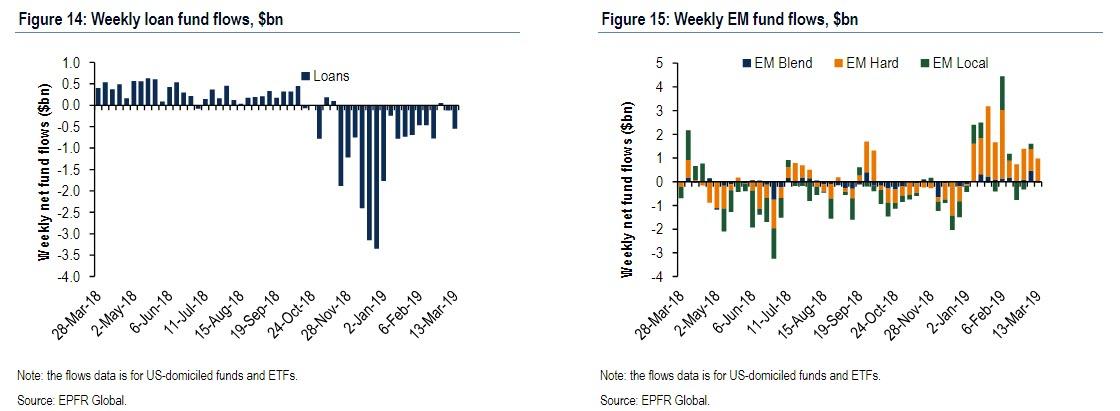Facebook, YouTube, Scribd and several other content platforms are scrambling to remove material related to the New Zealand mosque shootings, including footage livestreamed by 28-year-old shooter Brenton Tarrant of Australia, Bloomberg reports.
49 people were killed and dozens injured in attacks on two Christchurch mosques on Thursday – the deadliest of which occurred at the Masjid Al Noor mosque at approximately 1:45 p.m., where the murders of 41 of the 49 people were broadcast over Facebook live and quickly distributed across various platforms.
The second mosque shooting was stopped by an armed Muslim who “chased the shooters and fired two shots at them as they sped off,” according to the New Zealand Herald.
In the immediate aftermath, researcher and journalist Nick Monroe quickly determined the shooter’s identity and provided a running Twitter thread as events unfolded – including three links to footage of the shooting.
Twitter immediately locked Monroe’s account until he deleted the tweet.
Twitter has forced me to remove LINKS to the videos of the New Zealand shooting
Despite it being a matter of public interest pic.twitter.com/dGdloGumM3
— Nick Monroe (@nickmon1112) March 15, 2019
GOT TO TYPE THIS FAST BEFORE THEY LOCK MY ACCOUNT AGAIN
TWITTER MADE ME REMOVE 8 TWEETS FROM MY NEW ZEALAND SHOOTER THREAD
I CANT EVEN TALK ABOUT IT pic.twitter.com/Utm9qZJVi8
— Nick Monroe (@nickmon1112) March 15, 2019
Also deleted was a copy of the shooter’s 74-page manifesto posted to Scribd and included in Monroe’s thread under a DCMA copyright violation. In it, he appears to subscribe to a number of ideologies, writes Breitbart senior tech correspondent, Allum Bokhari. Ultimately, the shooter wanted to “Create conflict between the two ideologies within the United States on the ownership of firearms in order to further the social, cultural, political, and racial divide within the United States.“
The document is riddled with white nationalist talking points, and the shooter describes himself as a “fascist.” He also castigates Muslims as “the most despised group of invaders in the west.”
Yet elsewhere in the document, the shooter describes himself as a socialist, “depending on the definition.” The shooter also declares his support for “environmentalism,” “worker’s rights,” and “responsible markets.”
…
Parts of the manifesto appear to be insincere trolling, aimed at sowing confusion about his motivations. At one point, the shooter blames his action on popular video game titles, saying “Spyro the Dragon 3 taught me ethno-nationalism” and that “Fortnite trained me to be a killer.”
Elsewhere in the document, the shooter identifies black conservative Candace Owens — obviously neither a white nationalist nor a supporter of violence — as the “person that has influenced me above all.” In a video posted online, the shooter also tells viewers to “subscribe to PewDiePie” — the pseudonym of Felix Kjellberg, a comedian and video game streamer who runs the most-subscribed channel on YouTube and whose content is majority non-political.
In both cases, the shooter attempts to link high-profile individuals — who have little in common with his stated ideology yet command large online followings and are frequently the target of unfair media hit pieces — to his attack. If it triggers a war of words between the media and their frequent targets, the result of this tactic would be more publicity for the shooter. –Breitbart
The manifesto can be found here, for now.
It has come to my attention this morning that @Scribd has removed the New Zealand shooter’s manifesto that I posted yesterday.
Under…. DMCA?
Does nobody give a FUCK about the public interest anymore?
Has censorship in our society come this far?https://t.co/99vR3vInXs pic.twitter.com/0JWJi0BZS5— Nick Monroe (@nickmon1112) March 15, 2019
Seems very unlikely there’s an enforceable US copyright here
— Ron Coleman (@RonColeman) March 15, 2019
YouTube tweeted late Thursday evening that they are “working vigilantly to remove any violent footage” of the attack.
Our hearts are broken over today’s terrible tragedy in New Zealand. Please know we are working vigilantly to remove any violent footage.
— YouTube (@YouTube) March 15, 2019
Prior to the shooting, the New Zealand mosque shooter posted his plans to the ‘8chan’ message board, along with pictures of his weapons.
The New Zealand Mosque Shooter posted on 8chan’s /pol/ board beforehand https://t.co/lNxhtPkfR8 pic.twitter.com/TLSbovpPkb
— Nick Monroe (@nickmon1112) March 15, 2019
Meanwhile, as a debate rages over whether or not content from the shooting should be made available to the public – including the shooter’s name, New Zealand ISPs have reportedly been blocking access to the websites LiveLeak, 4chan, 8chan and many others which are not immediately complying with takedown orders, according to Twitter user @eldarmark.
Confirmed. NZ ISPs are blocking access to #Liveleak, 4chan, 8ch, a certain farm, Mixtape, Mega, and many other sites that are not complying immediately with the takedown orders. https://t.co/eaBJvvRc5E
Even @Bitchute is removing the video mirrors.
— KiTA (@eldarmark) March 15, 2019
According to retired FBI supervisory special agent Steve Moore, a CNN analyst: “What I would tell the public is this: Do you want to help terrorists? Because if you do, sharing this video is exactly how you do it,” adding “Do not share the video or you are part of this“
In the meantime, internet sleuths are piecing together the shooter’s background:
BACKGROUND INFO on the New Zealand shooter pic.twitter.com/WCLK12LXba
— Nick Monroe (@nickmon1112) March 15, 2019
Found these pic.twitter.com/CaD9YlpGkJ
— Morrighan Red 🐿Fightsback #BREXIT #WTO (@LadyMercia) March 15, 2019
via ZeroHedge News https://ift.tt/2u9QU9C Tyler Durden


